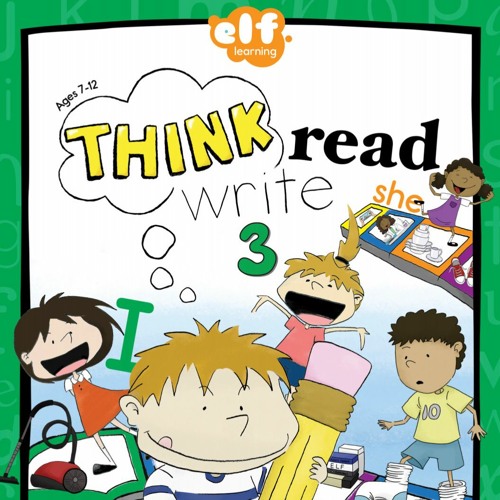

Explain that in this lesson, you are going to be asking questions while students read, and you would like them to think about how this new approach affects their understanding of the story.ĭivide the class into small groups, ideally with four students in each group. Questions are usually asked at the end of a text to measure comprehension, but that is not always the best approach. This helps them understand the text, as well as increase their level of engagement. Jumping off either a student-generated strategy or one you generated yourself, explain that one of the best strategies good readers use is to ask themselves questions while they read. Gather large construction paper and markers, and make individual copies of "A One-Woman Crime Wave" by Richard Peck.Īsk the class to brainstorm strategies that good readers use to monitor their comprehension while reading. Sample questions for Daniel's Ride are provided. Photocopy enough copies of the Question-Answer Relationships and Reading Stop Points handouts for the entire class.ĭevelop models for each of the four QAR question types that correspond to the text you will be using.

The text appears quite small at first, so click the zoom button (magnifying glass icon) to get a better view. The International Children's Digital Library features full-page scans of hundreds of children's books, so other texts can easily be substituted for Daniel's Ride. Type in the book title and click "search" to access this text. Review the story Daniel's Ride by Michael Perry at the International Children's Digital Library.

Each student should sit at a computer, but if this is not feasible, group several students around one computer.
#Readwrite think qar for free
Students use spoken, written, and visual language to accomplish their own purposes (e.g., for learning, enjoyment, persuasion, and the exchange of information).įor an introduction to the QAR strategy, use the lesson, " Guided Comprehension: Self-Questioning Using Question-Answer Relationships."Įnsure computer access to the Internet and Adobe Acrobat Reader, which can be downloaded for free if necessary. Students participate as knowledgeable, reflective, creative, and critical members of a variety of literacy communities.ġ2. They draw on their prior experience, their interactions with other readers and writers, their knowledge of word meaning and of other texts, their word identification strategies, and their understanding of textual features (e.g., sound-letter correspondence, sentence structure, context, graphics).ġ1. Students apply a wide range of strategies to comprehend, interpret, evaluate, and appreciate texts.

Among these texts are fiction and nonfiction, classic and contemporary works.ģ. Students read a wide range of print and nonprint texts to build an understanding of texts, of themselves, and of the cultures of the United States and the world to acquire new information to respond to the needs and demands of society and the workplace and for personal fulfillment. Involving students in the process of developing QARs motivates reading interest.ġ.In my head includes On My Own questions (i.e., the answer is related to the reader's personal experiences) and Author and Me questions (i.e., the answer is related to the reader's personal experiences as well as the author's perspective). In the book includes Right There questions (i.e., the answer can be found in one specific place in the text) and Think and Search questions (i.e., the answer requires piecing together different parts of the text). In each category, there are two types of questions.There are two general categories in the QAR paradigm: In the book (i.e., questions require use of the text) and In my head (i.e., questions that draw on the personal experiences of the reader and author).Introducing question-answer relationships (QARs) as a comprehension strategy motivates students to attend to the text more carefully.Metacognition-maintaining an internal dialogue while reading-is important for developing comprehension.


 0 kommentar(er)
0 kommentar(er)
